“The full Moon in July is called the Buck Moon because the antlers of male deer (bucks) are in full-growth mode at this time. Bucks shed and regrow their antlers each year, producing a larger and more impressive set as the years go by. For believers in astrology, this full moon is a source of energy and relates to the abundance and ripeness of summer and to a time of unique personal development.”
…from “Mr. Google” 2022

I’ve had this idea of doing a moon with antlers for some time, and for the purposes of making a mask with antlers, it pretty much had to be a full moon. While doing a bit of “imagery research” online I came across the Full Buck Moon image (courtesy of www.auntiemoon.com) below, and a number of classic “Man in the Moon” pics which gave me the basis for sculpting the face.








I’ve had the clay on Mayne Island (where I have my studio) for quite some time as I haven’t been terribly productive during the pandemic – having only made “Pandemic Pan”
( https://clayandbone.com/2020/11/16/pandemic-pan/ ) during that time. I did ask my antler guy – Hunter Bob as I call him – if he had any antlers that were slightly weathered and bleached, which – I felt – would complement the whiteness of the full moon better. Bob is a great guy, and was able to oblige with the lovely rack that you see on Full Buck Moon. As with most of my antlers, these are Fallow Deer antlers from a species which was introduced to Mayne Island more than 20 years ago, and is now regarded as invasive by Conservationists.

I had to create a base or a mold for the initial sculpting, as wet clay can be quite pliable and unstable and collapse if it is not supported. I found a yellow dinner plate which – with a bit of modification – worked quite well for my purposes.

What followed was a few days of shaping, sculpting and adding features and contours to resemble – as much as possible, with artistic licence – one of the “Man in the Moon Faces” I’d found online. My friend Bill Maylone – also a Mayne Island based artist – thought my creation looked like the Moon in George Méliès short film “Le Voyage Dans La Lune »(1902).


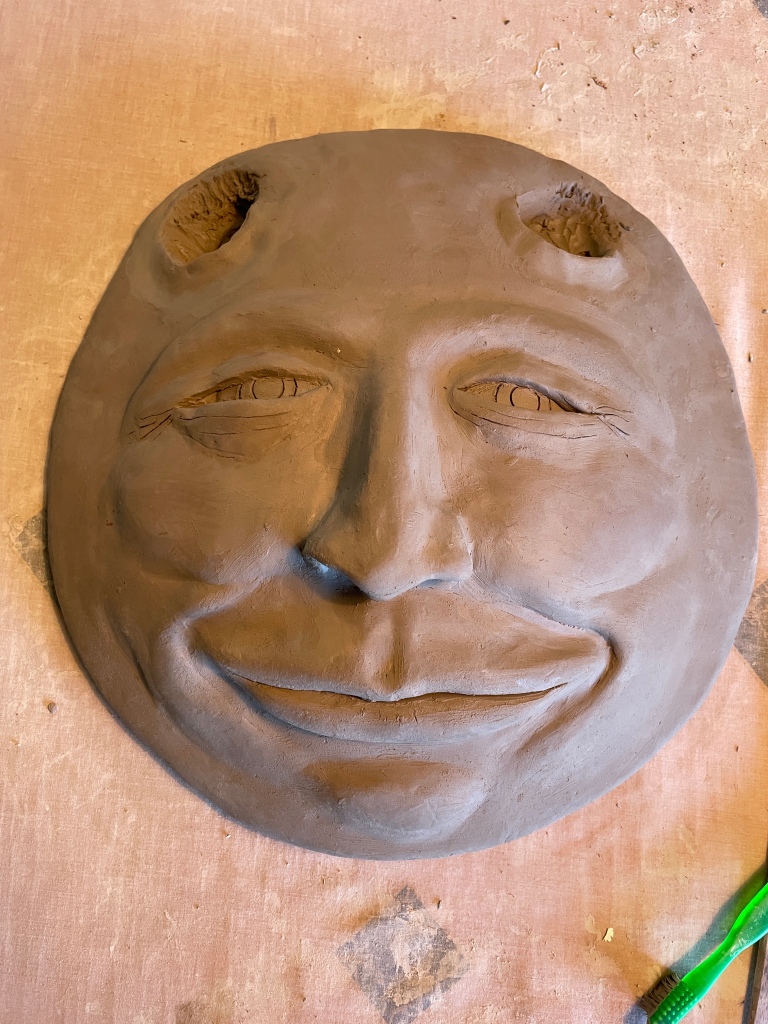


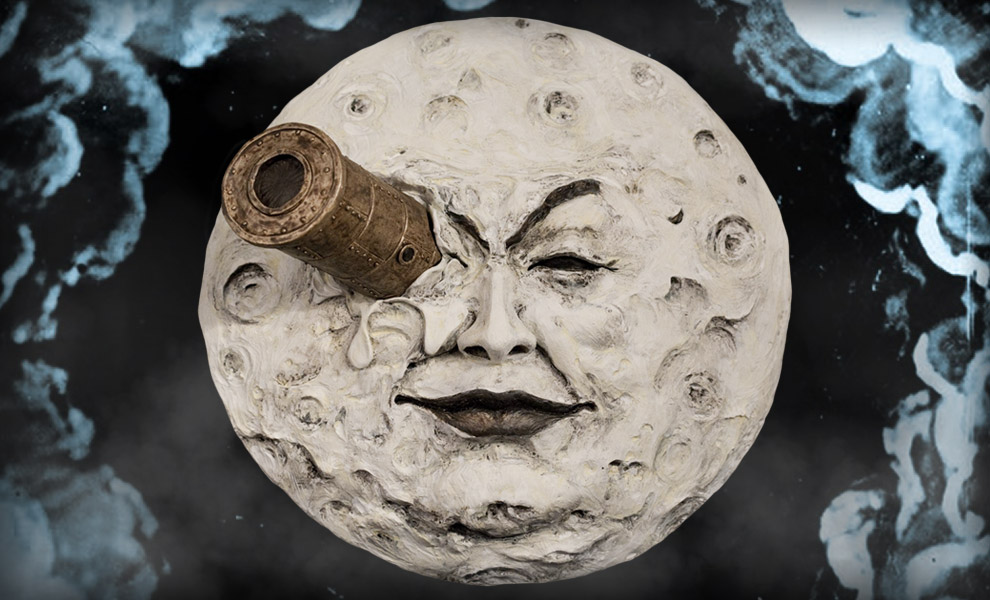
(ps. I’ve just installed this little payment button – at the recommendation of WordPress – to accept a small donation for Clay and Bone…which is me 🙂 It’s the first time I’ve done this, so am experimenting with various methods of alternative income. Cheers!)
As always, I approach firing with trepidation as I’ve suffered one kiln disaster and would prefer not to repeat the experience. My friend John at “You Paint I Fire” has fired all my masks successfully, and Full Buck Moon was delivered intact and in one piece – with a great sigh of relief. Without scribbling about this any further, have a look at the pictures as I feel they give a fairly complete visual of the process.
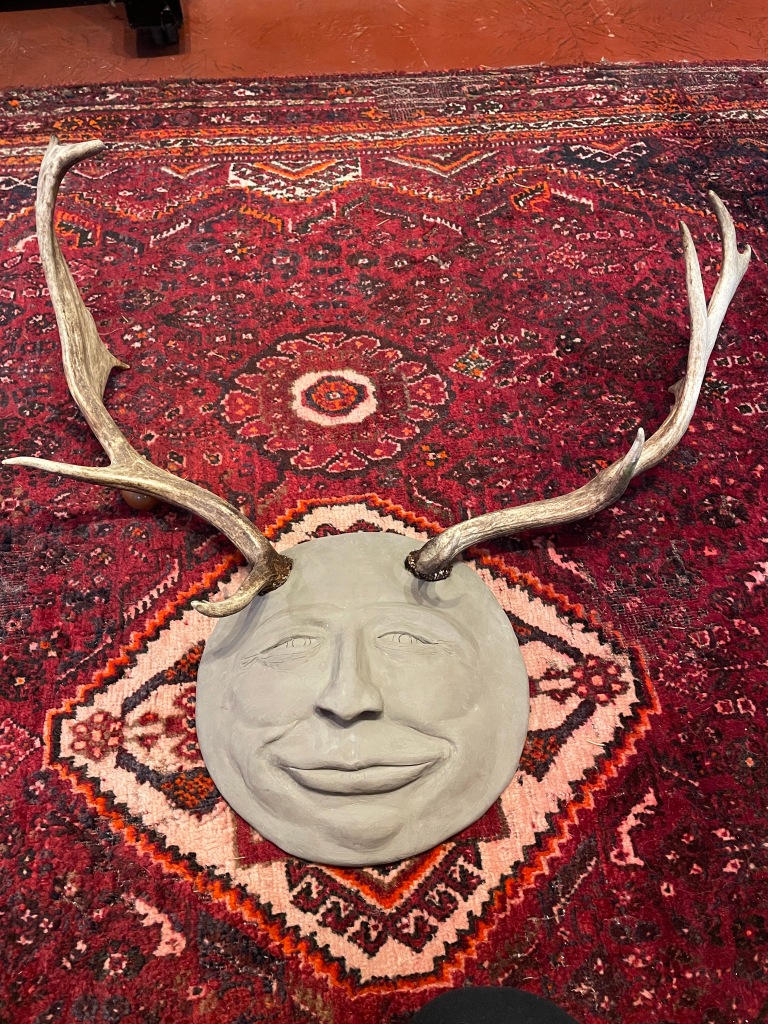


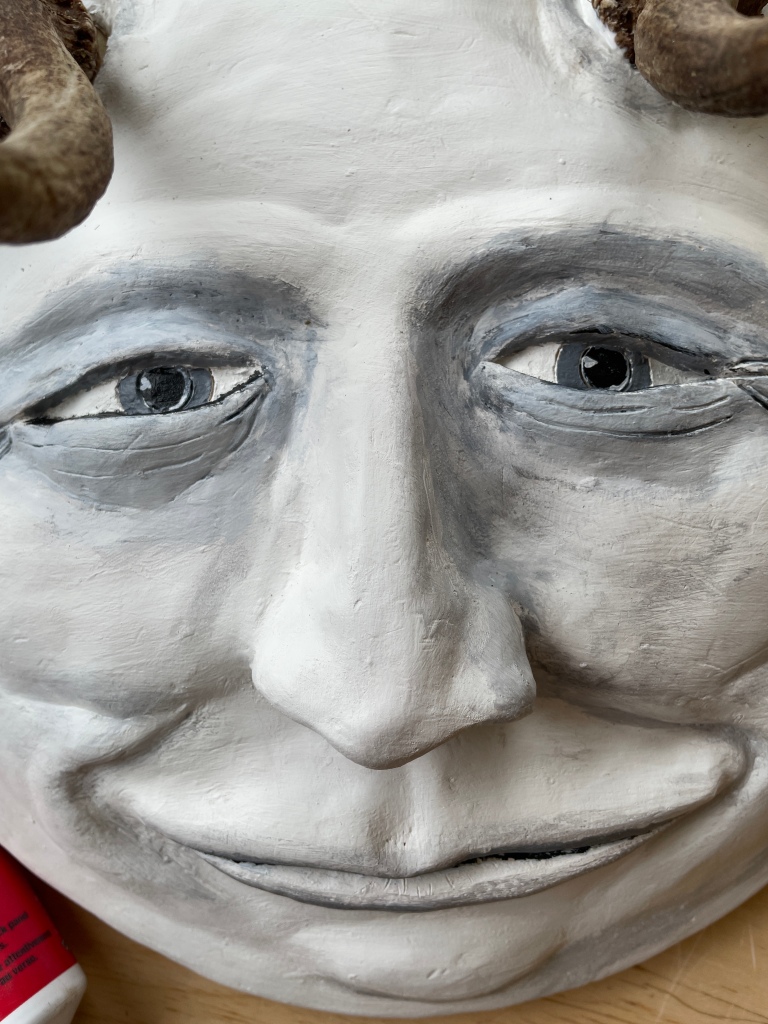


















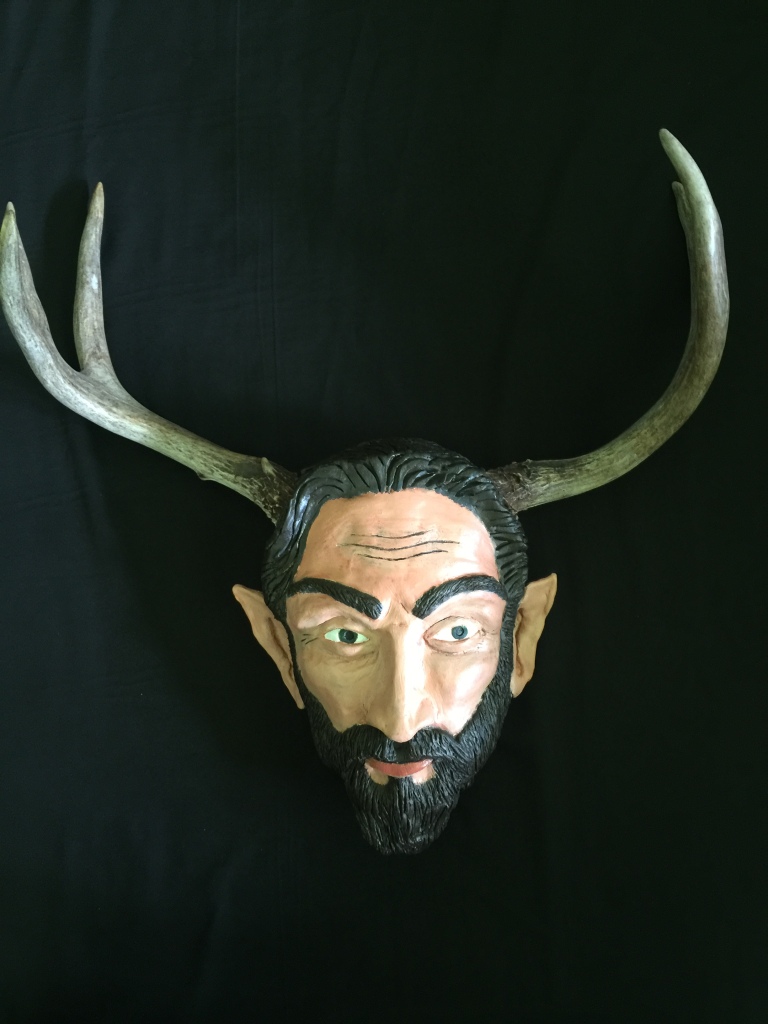

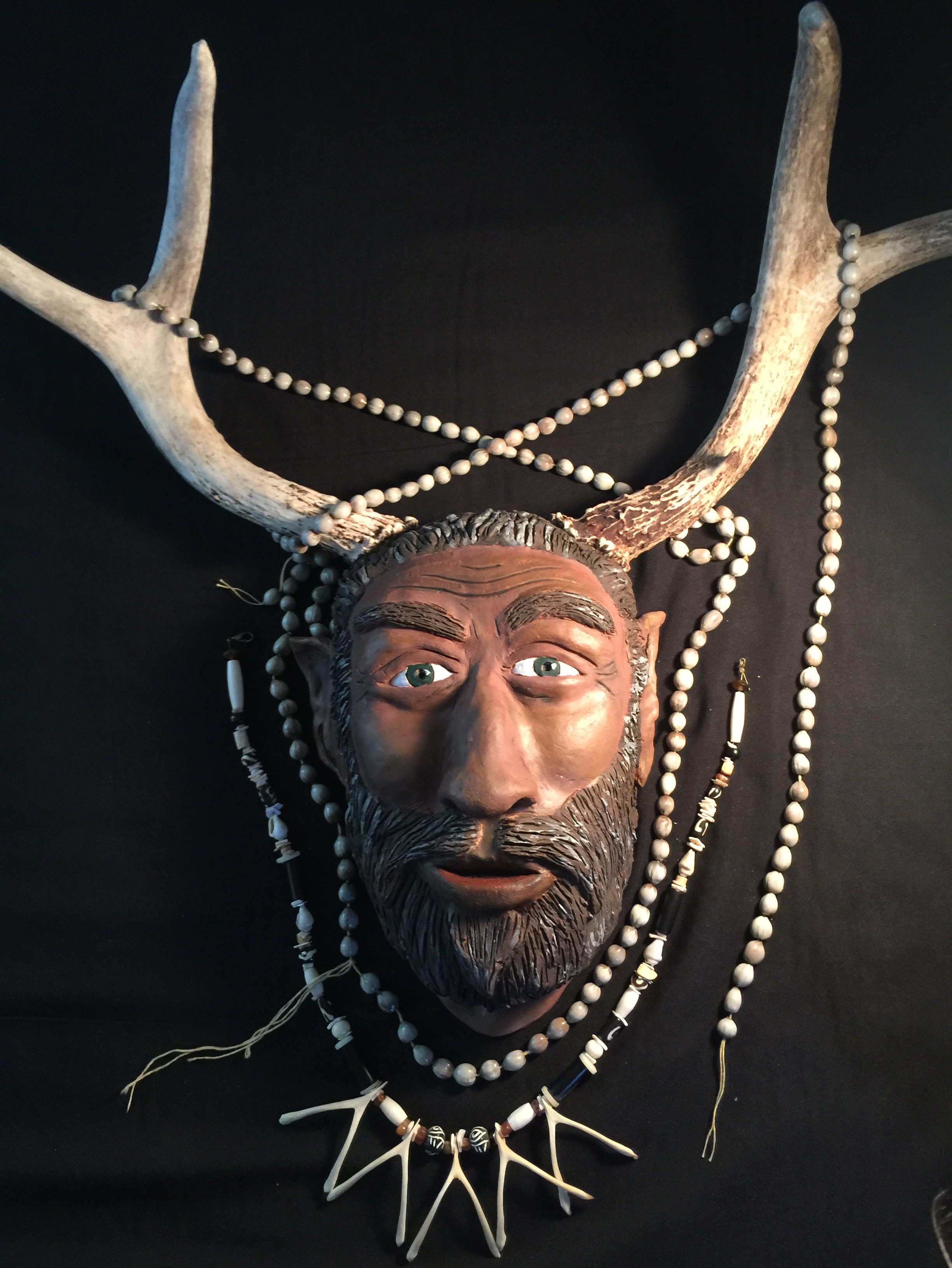


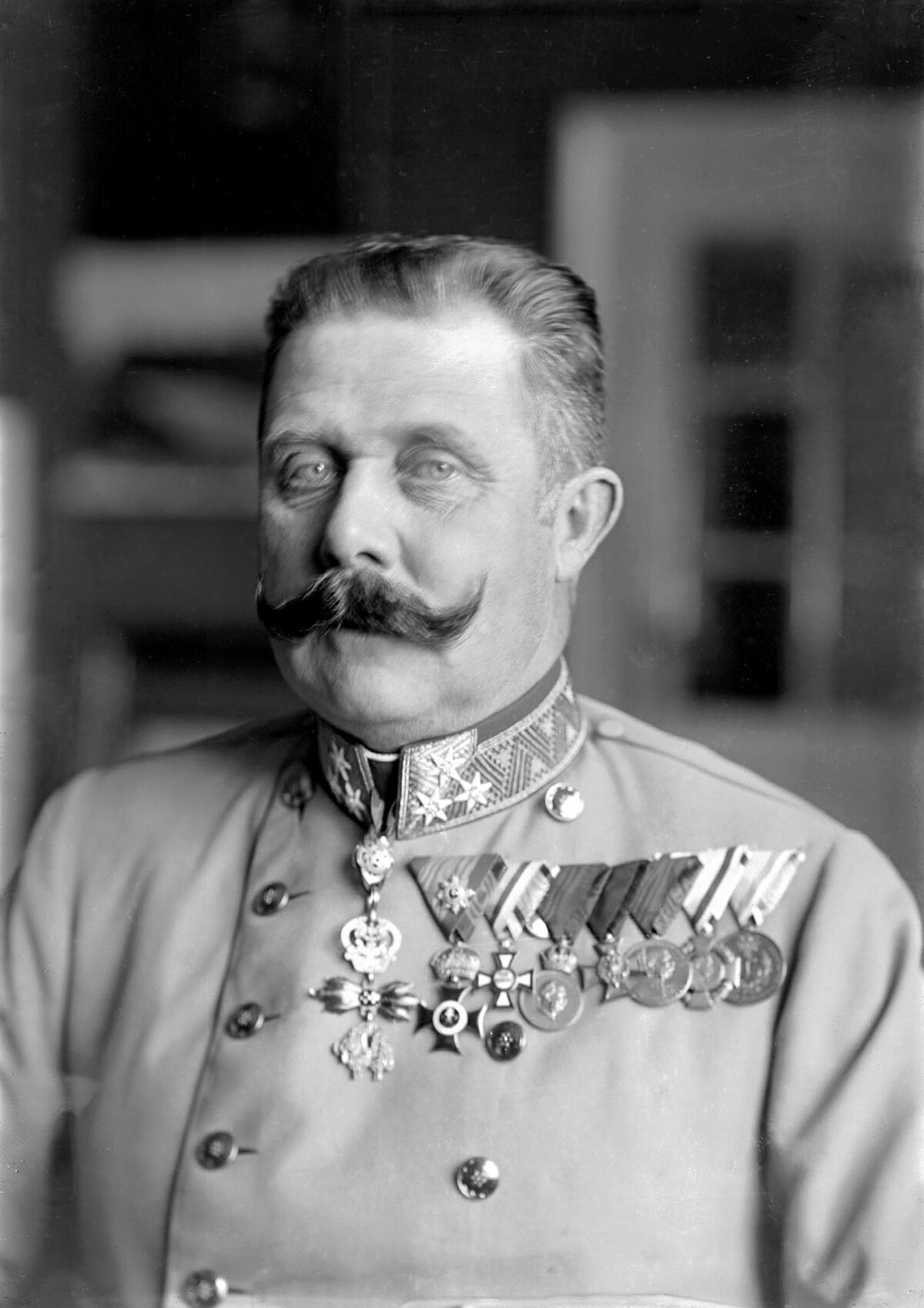







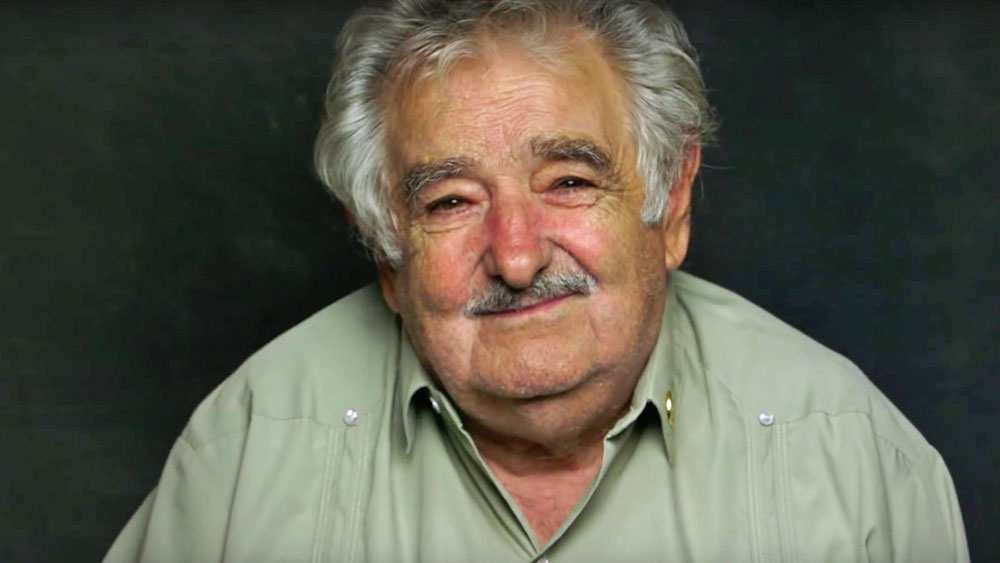


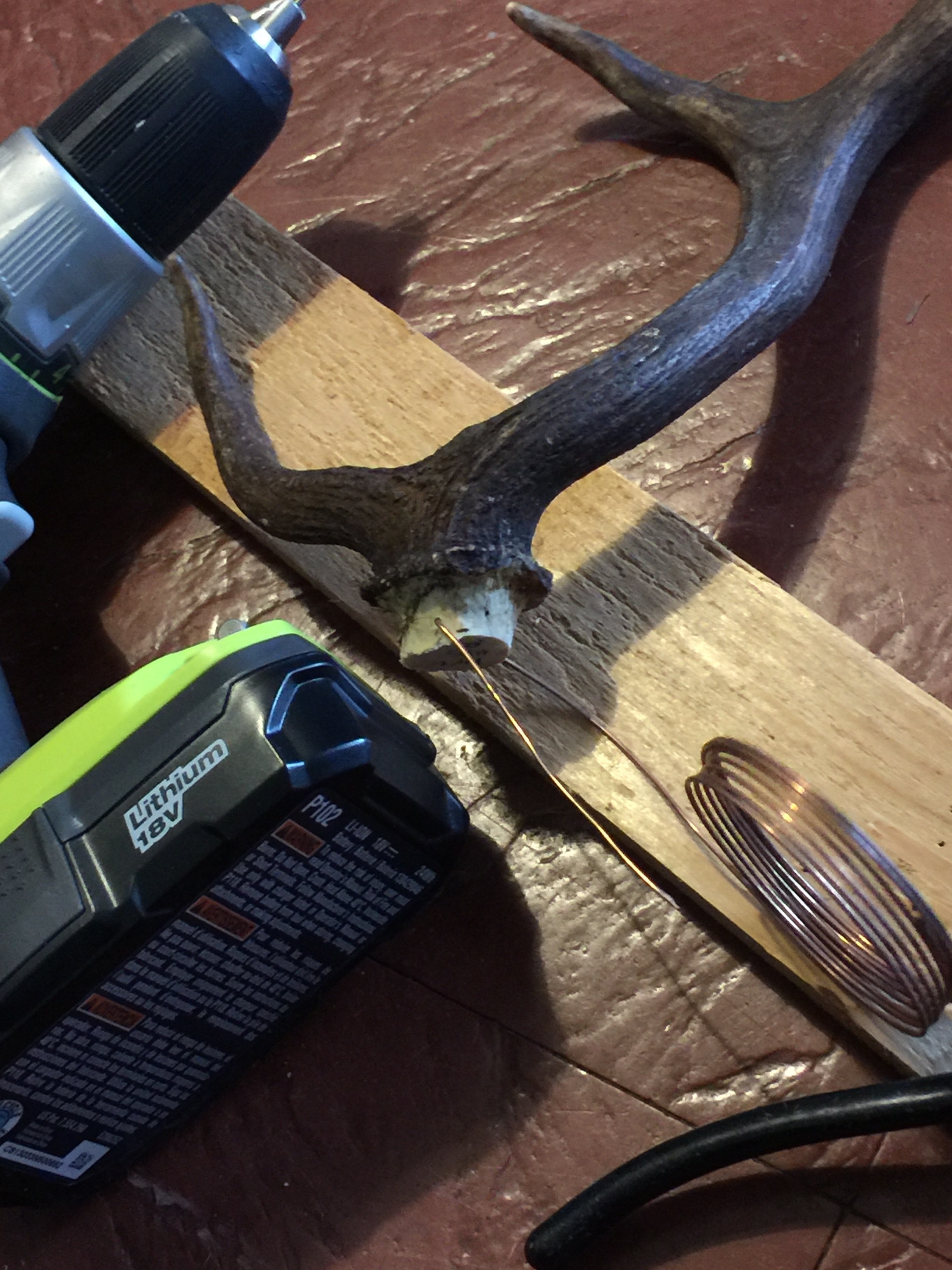

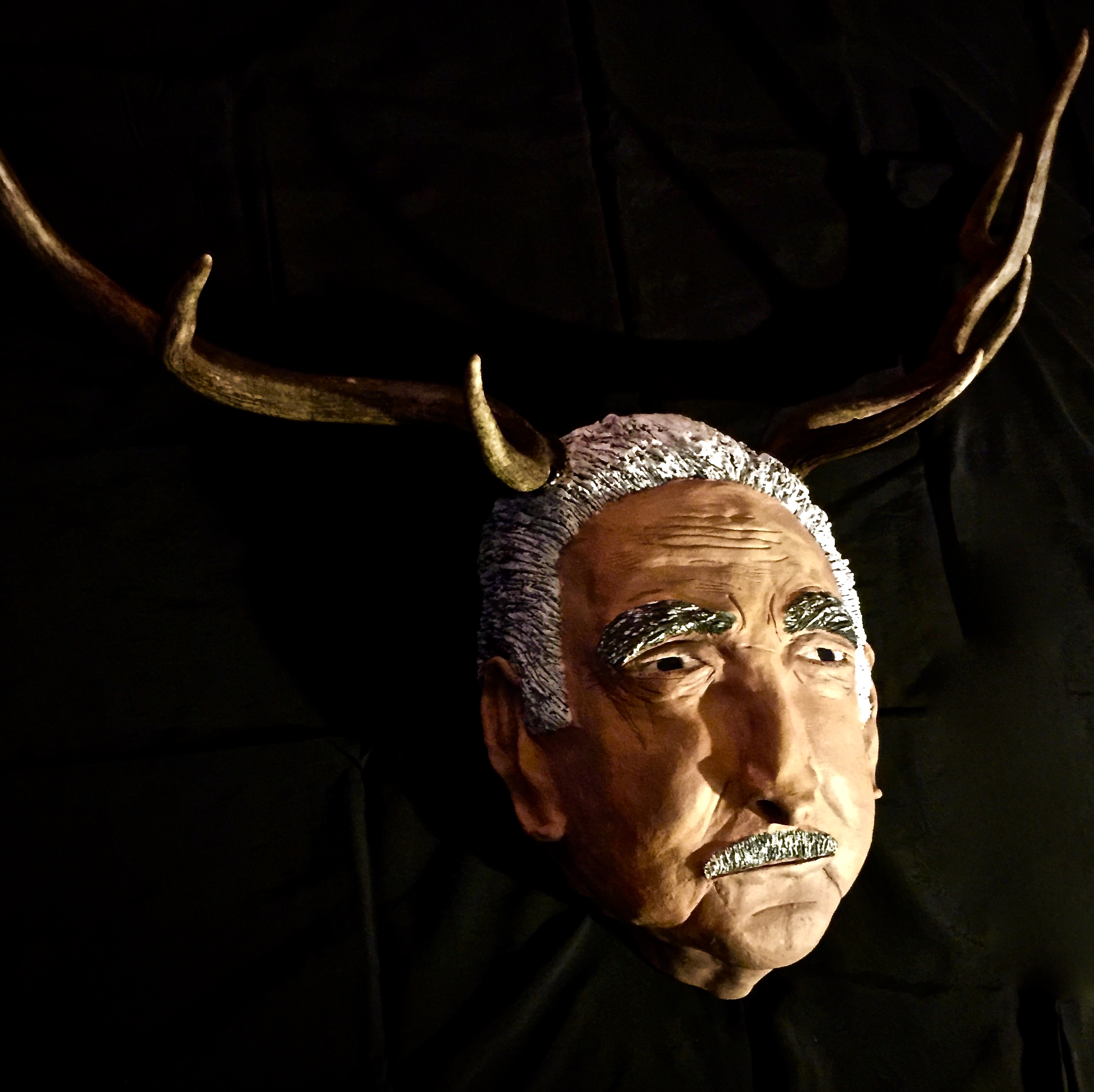




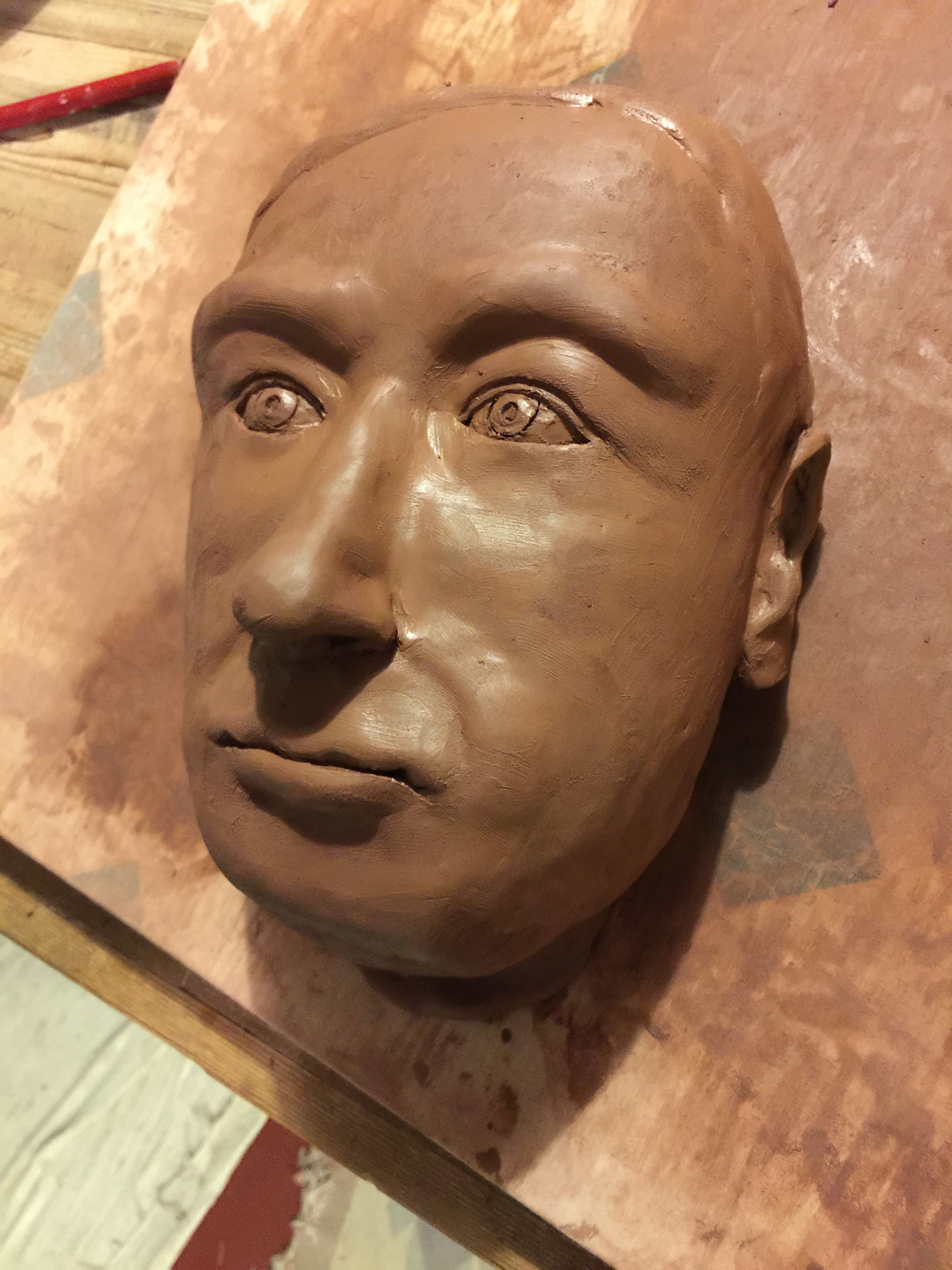


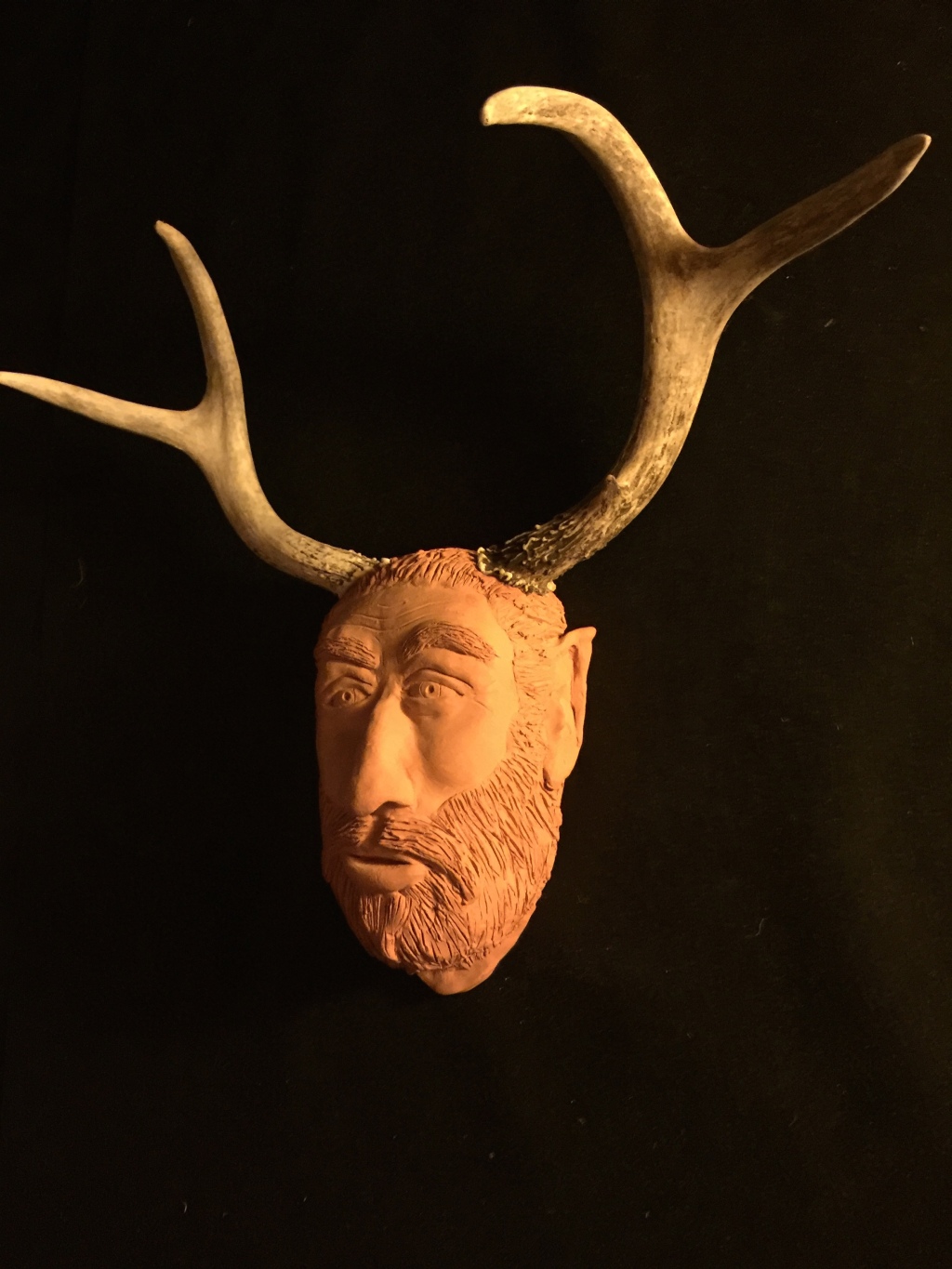










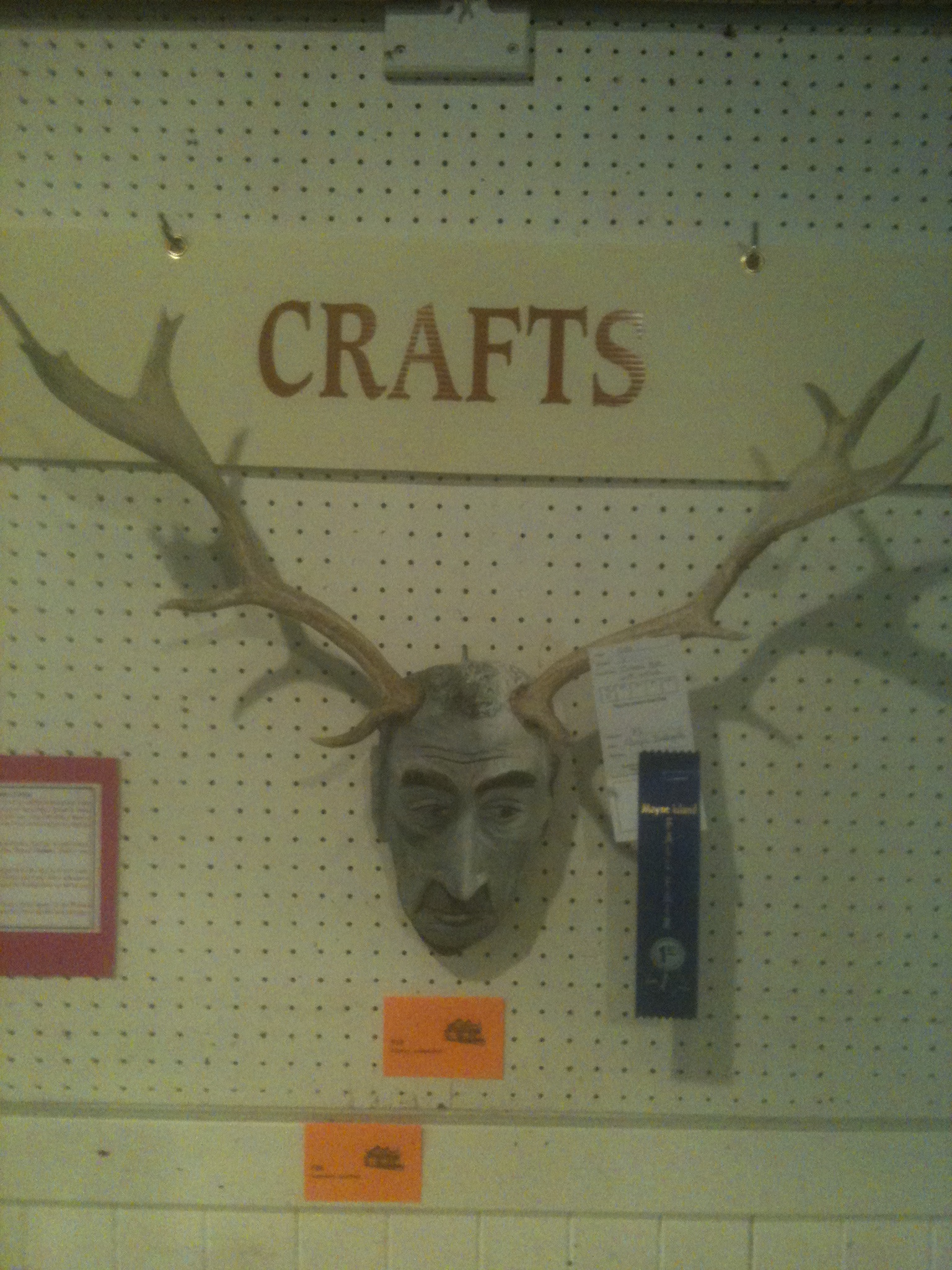


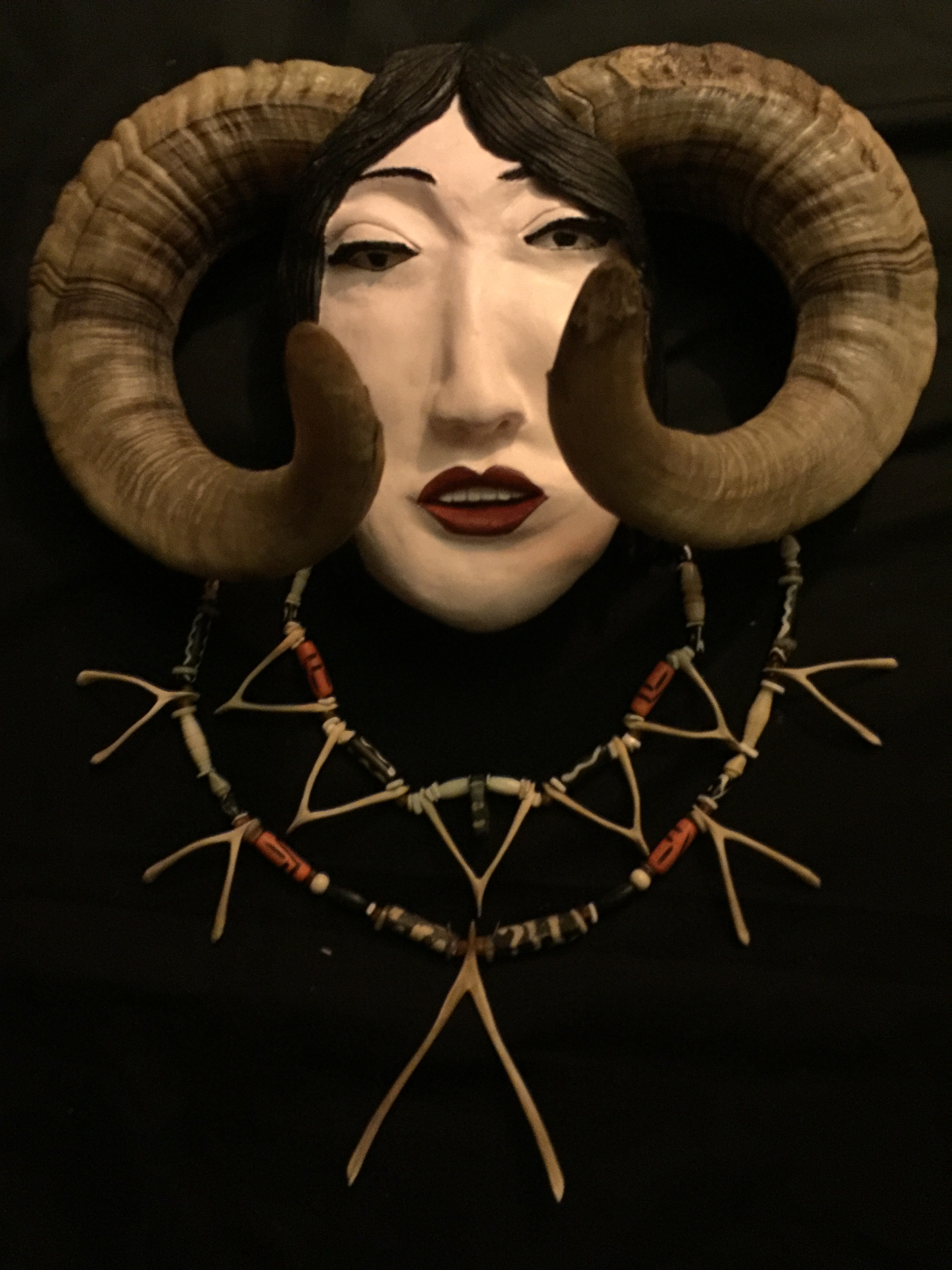




 ”
”